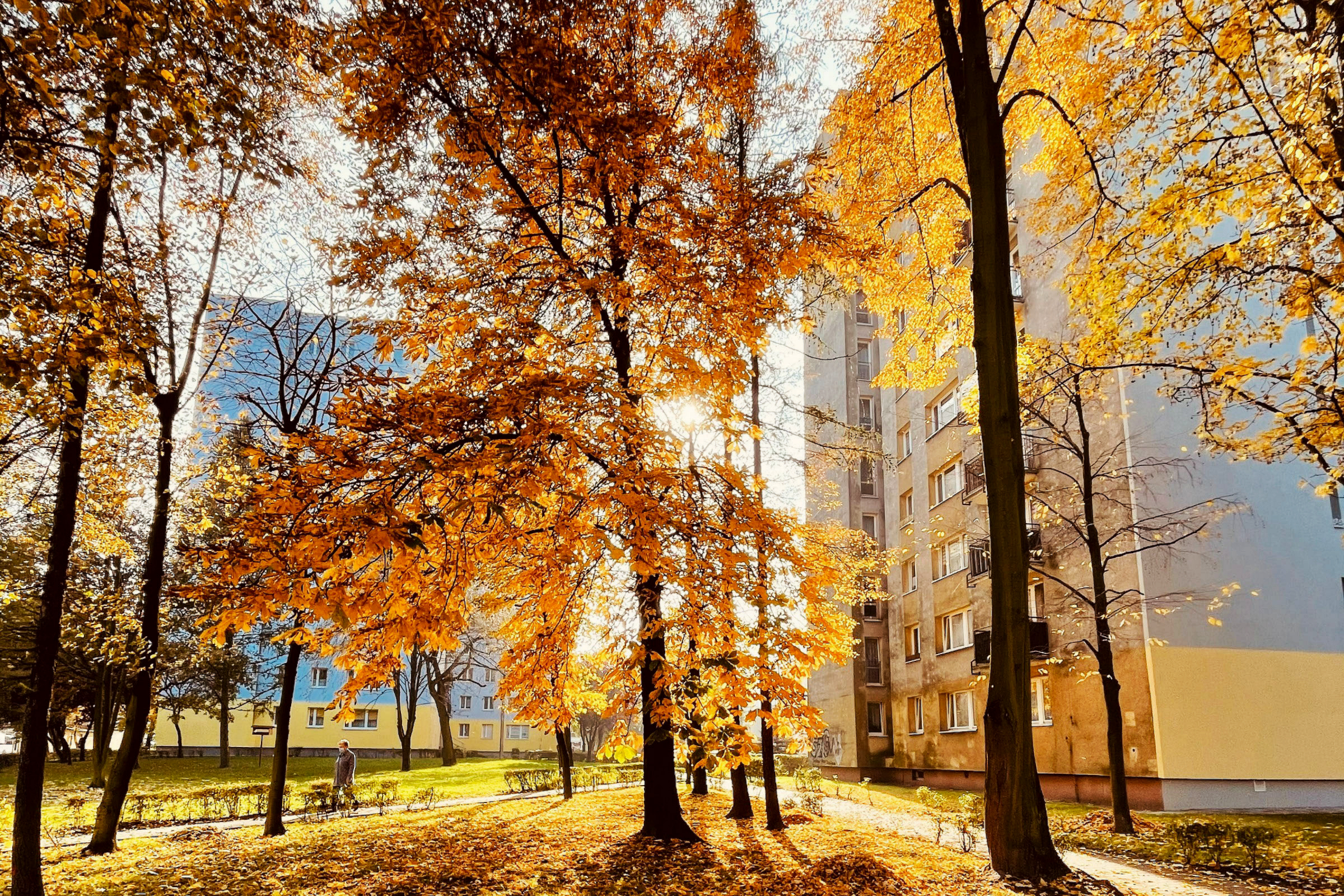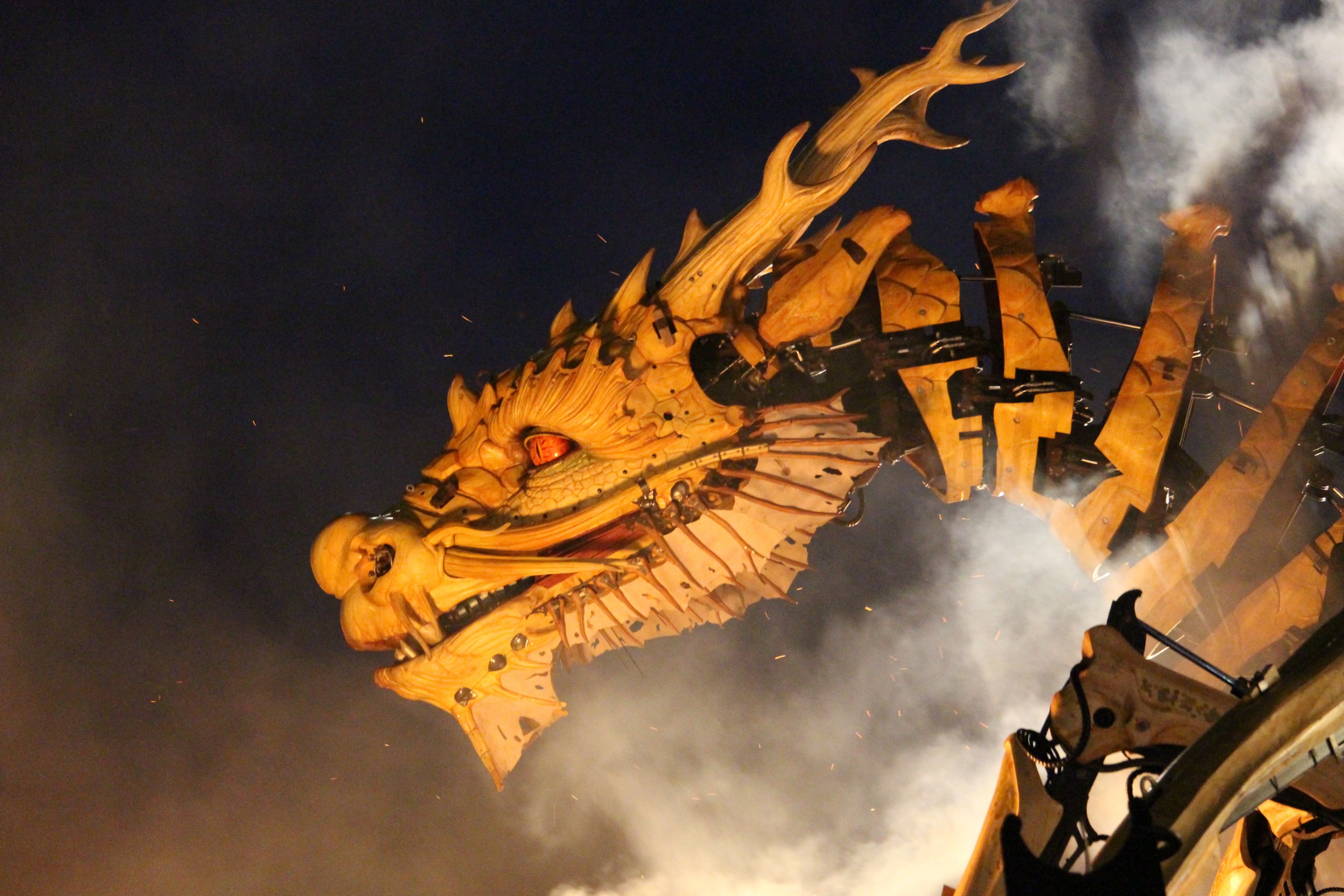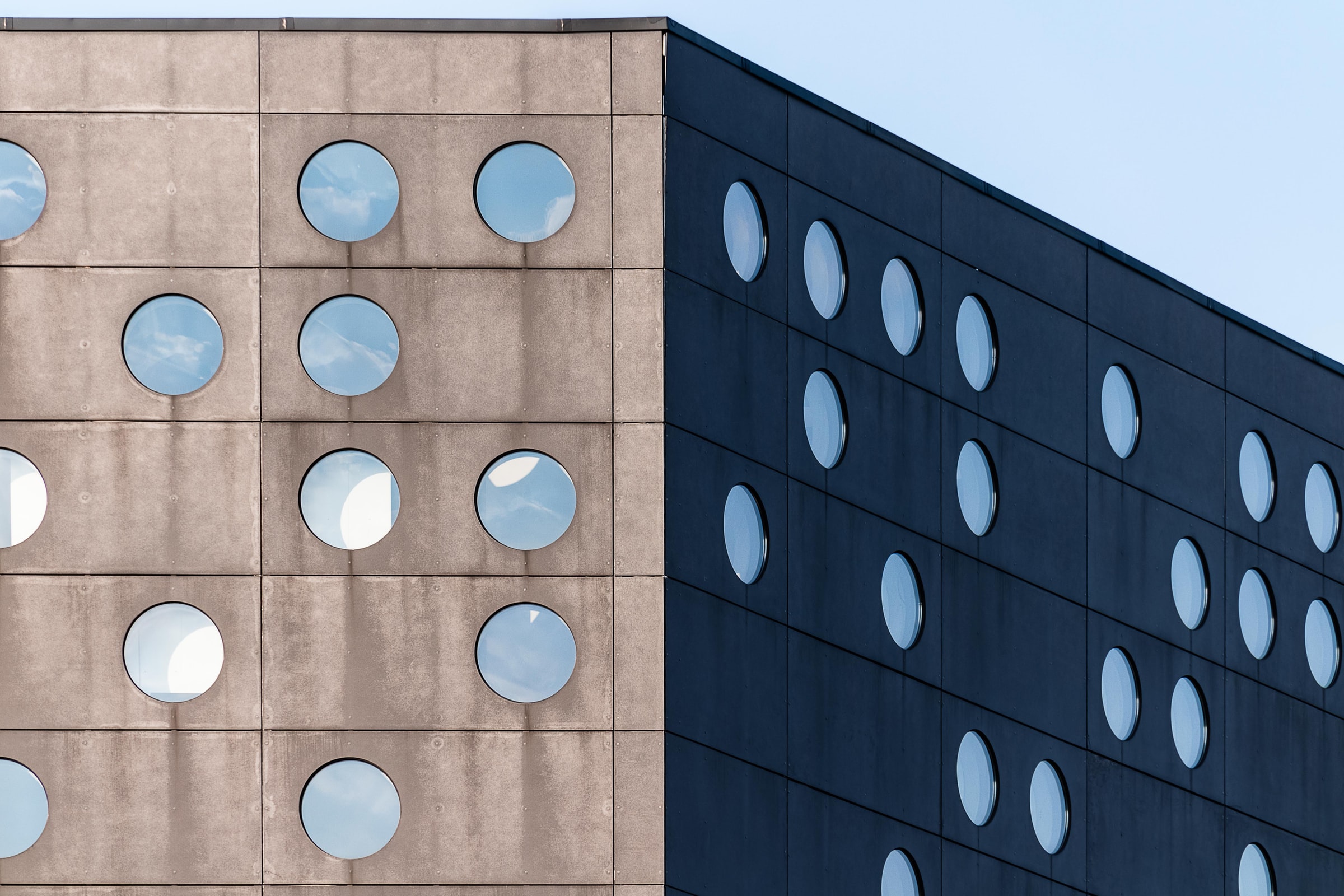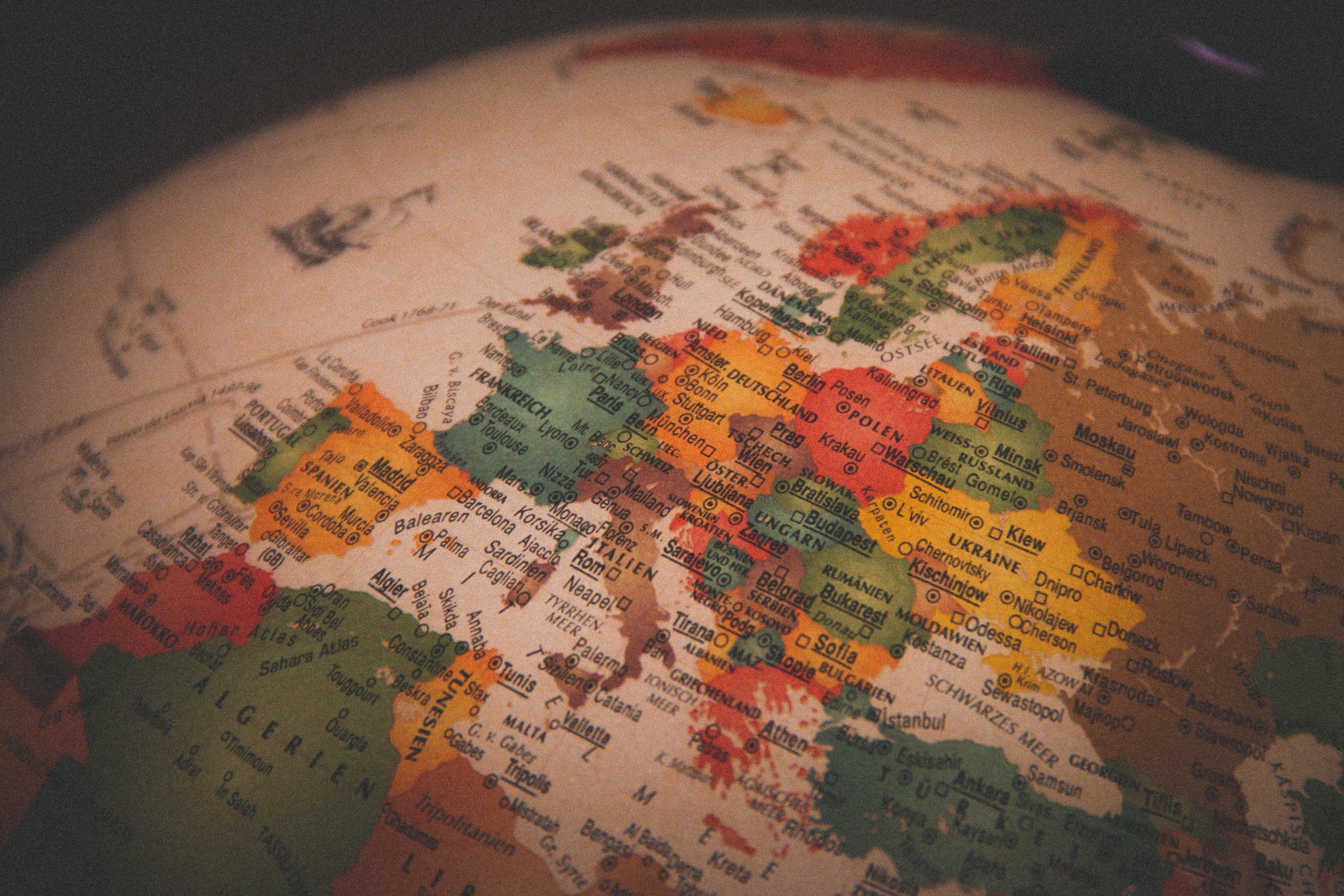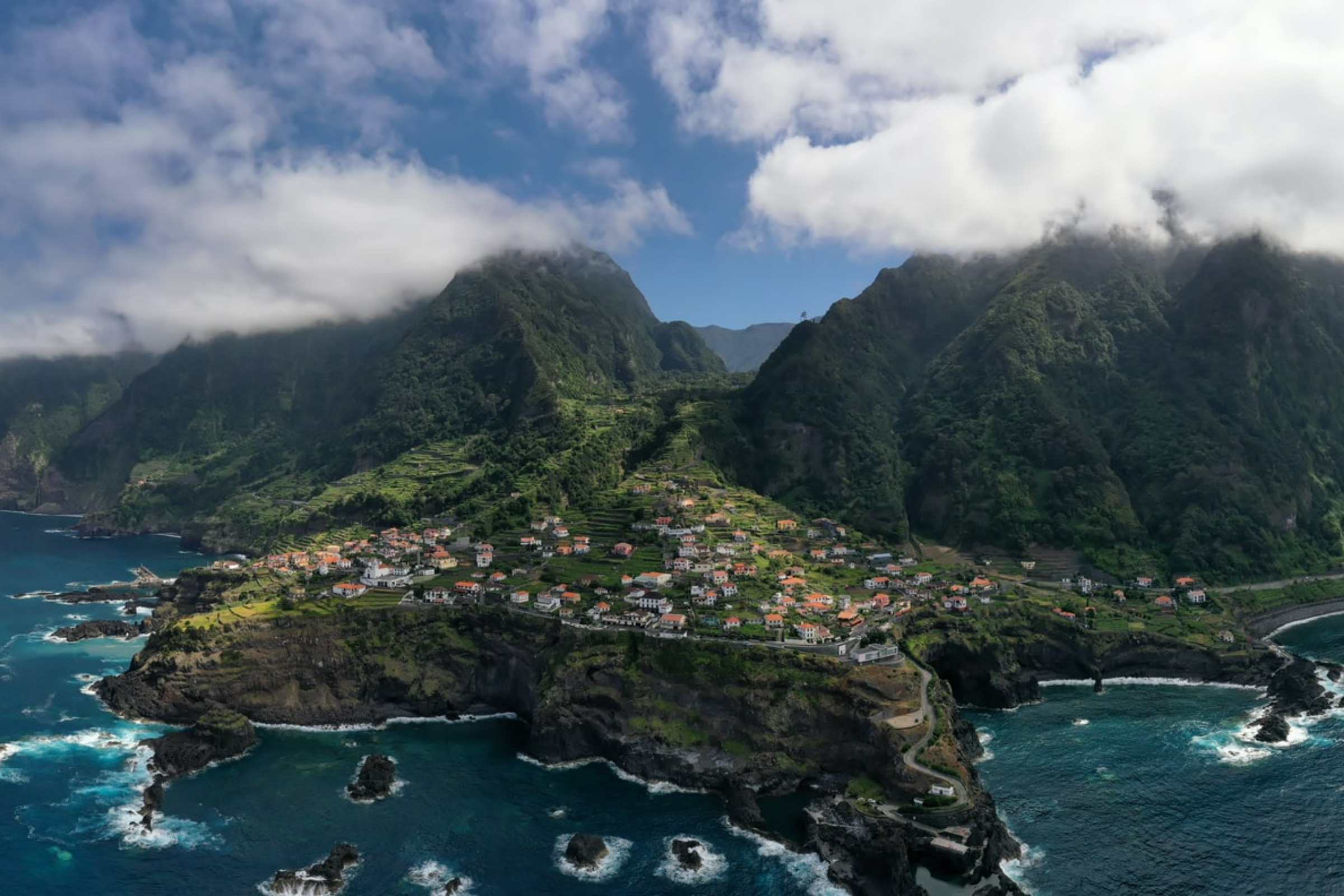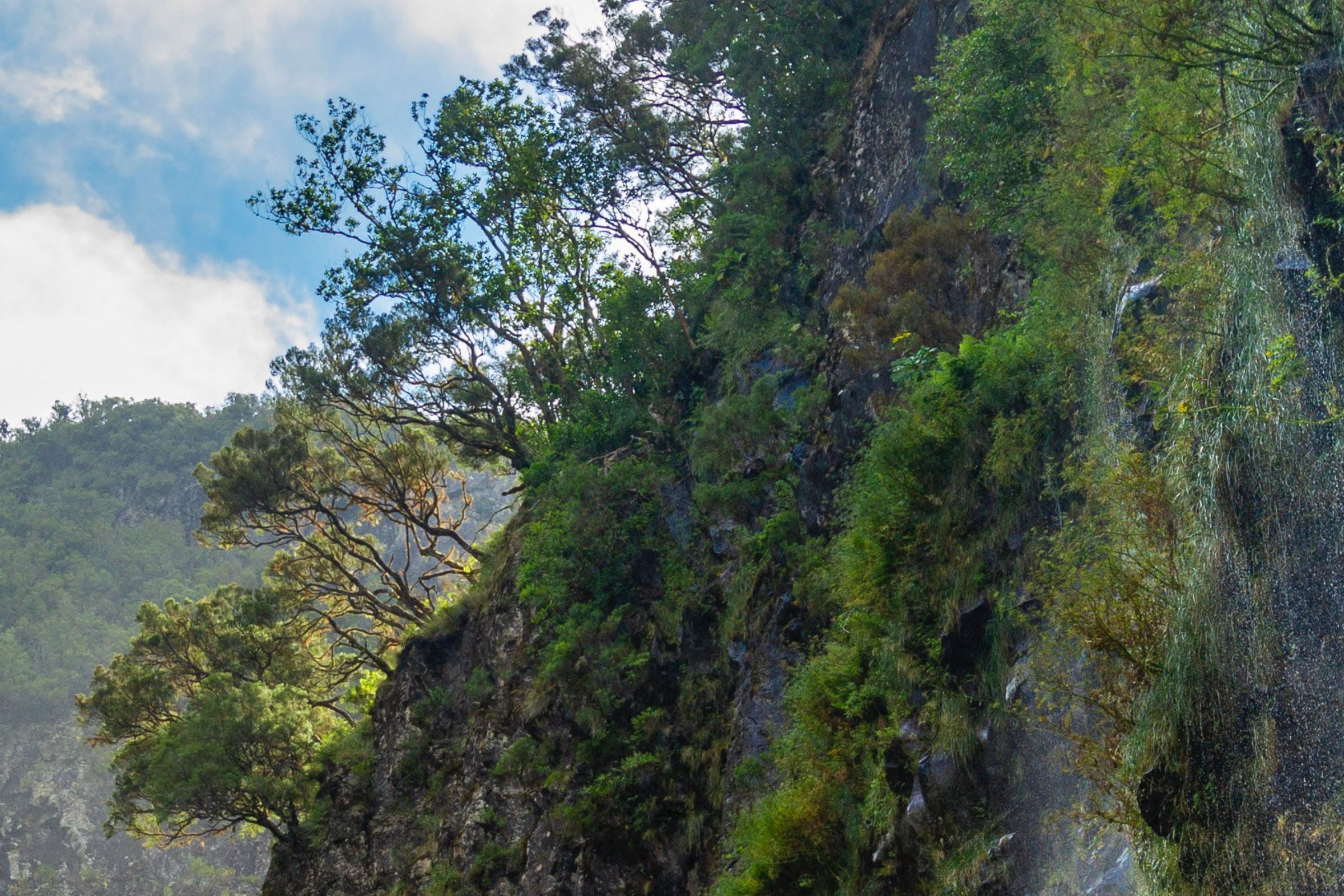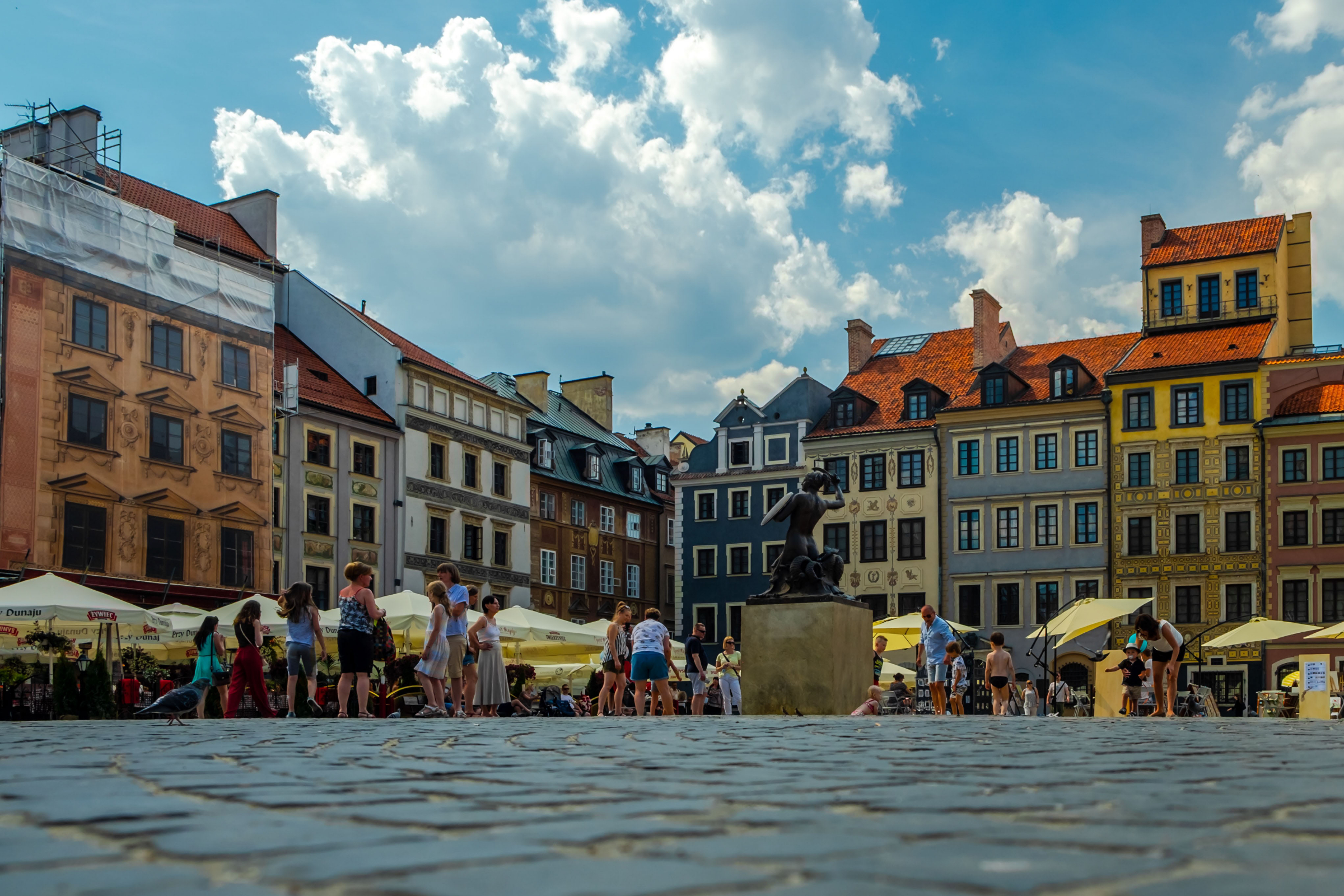She left Poland when she was 30. She spent the major part of her adult life in Madeira. Tourist guide and a lover of mountains, a translator from time to time, let me introduce you to a Duchess from my region in Poland who calls herself a Pole-Madeiran Woman – Jolanta Lubomirska. It would be a pleasure for me to speak to my neighbour from Poland – said the Duchess when I called to invite her for a meeting. How did it happen that two inhabitants of the South-east of Poland met each other 4000 km from home? One day, I decided to look for Polish people living permanently on the island, to get to know their stories and what brought them here. For sure, it could not have been labour migration, like in the case of moving to Great Britain. Here, on the island, you can just live pleasantly – this is what all the people that I had meetings with said. I found out that about 30 Polish people have chosen Madeira as their place on Earth. I managed to meet with five of them. What are they doing here? Sonia and Renata arrived here to start a life with their “other half”. Juliusz, because, someday, you have to decide where to live permanently. Piotr started as a member of the table tennis team, then a trainer, and finally he became a guide. And Duchess Jolanta Lubomirska came here in the 1960s because her parents had bought a block here and she had to take control over it. If she had not done it, the block would have become the government’s property. At present, a house which she built there with her French husband, can be rented by tourists. It is Vila Calaca, located in Funchal, close to the ocean, in the Lido area. I met with her at the theatre café. She came with her daughter – Hanna Karolina – who understands Polish but she speaks English and Portuguese. Because I wanted to learn Portuguese as soon as possible. I feel a little bit of regret that I didn’t push further for our native language learning. But it’s still not so late, so maybe they managed to learn it anyway – she explains to me. She has three other children. All with beautiful Polish names. The youngest – Michał (Eng. Michael) learnt languages in Poland, he lives in Cracow, married a granddaughter of the duchess’ friends from Leżajsk (a city in the Subcarpathian region – the area from which I and the Duchess come from). The oldest son – Jerzy (Eng. George) was given his name after the Duchess’s father. There is also Stanisōaw, who lives in Lisbon, and is married to a Portuguese woman. When I was looking for information about Jolanta Lubomirska, I found out that she was born in Charzewice village, close to Stalowa Wola city. She spent her youth there. Her mother served as a liaison (with the nickname “Sowa” – Eng. Owl) to the Home Army during World War II. She was, unfortunately, of a very weak health condition, so she died of pneumonia, which she caught in one of her missions – she, many times, had to go through forests during the night in order to deliver an important message to partisans. It was in 1943. Two years later, when the war was over, her father was arrested by Russians and their family properties were robbed. To the present day, she doesn’t know what happened to him. Different historical sources say that he was killed in prison or close to the train station in Tarnobrzeg, just before being sent to Siberia. – What happened to you? – I asked. – A friend of our family, Father Michał Potaczało, took care of me. I passed the final exams in Leżajsk, and then I was admitted for studies in Warsaw at Warsaw University of Life Sciences – she studied gardening. I worked for 5 years in one of the departments of the Warsaw City Hall – I took care of parks and gardens in Warsaw. Then I got admitted for an internship in the Virmolin Garden in Paris. I lived there at my uncle’s house. At this job, I met my future husband. He was a gardener there – she reminisces. She married him after few months after the first meeting. After this, she received a message from the Portuguese government concerning the block in Madeira, which her parents had bought in about 1927/1928. She was the first Polish guide on the island when one Polish travel office started organizing tours. It was in the year 1999 or 2000. – I liked this activity very much. Because I like walking. They decided to move there in 1961. She remembers times when there was snow (!) on Madeira. – Maybe there was not a lot of snow, but sometimes we were throwing snowballs to each other – she says. The Duchess has never worked as a gardener on the island. But she has her favourite flowers. – I like colourful climber plants on the walls, created by Bougainvillea – she answers. She worked for many years as a tourist guide, at first for French and Swiss groups. – I started this job in the 1980s. I was a kind of “pirate guide”, because then, I didn’t have the special certificates to do this. But finally, this profession was opened for all people – she was betrayed. I worked as a guide until 2009. But now I am a little limited, recently I underwent surgery on my hip. And I love walking on levadas so much. When I visited Poland after 30 years, I also went to Kasprowy Wierch and Giewont in the Tatra Mountains. During a mountain excursion, I got a little sunstroke, it was so hot. I had to sit for 3 hours in the shadow to get better. It was a great adventure – she continues recollecting. She is very connected
